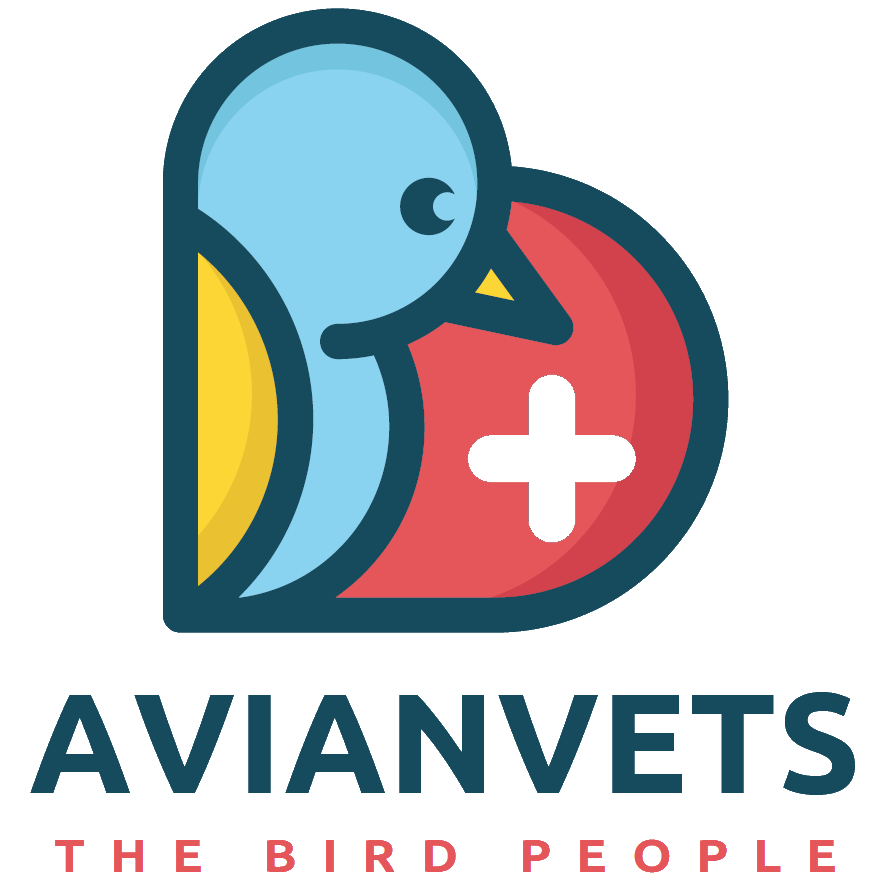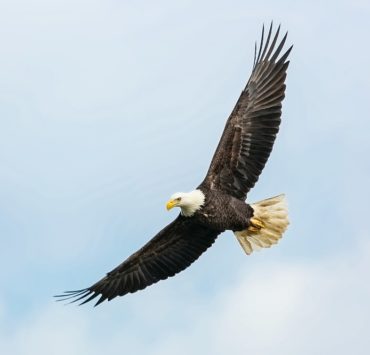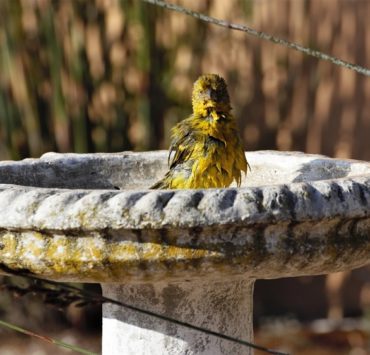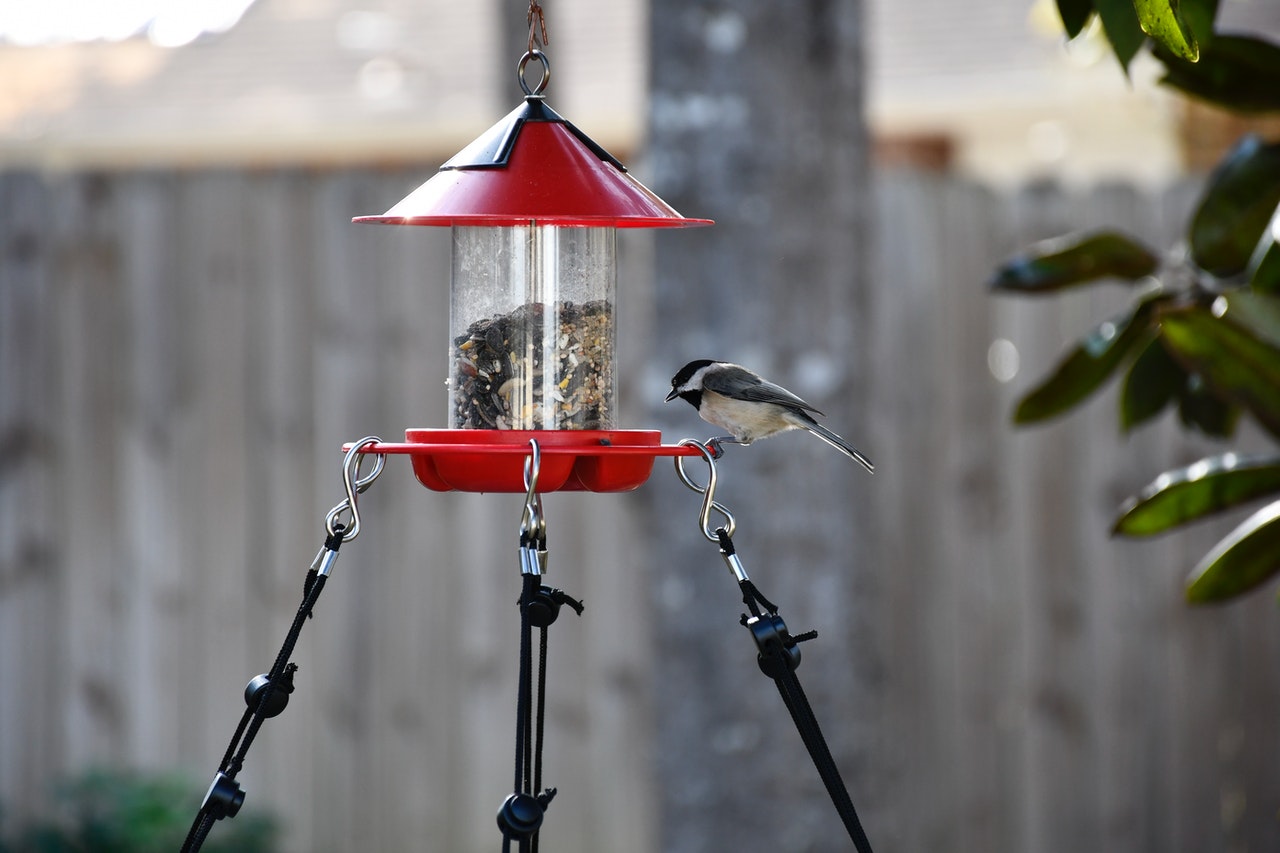
What is the point of having a bird feeder if it doesn’t bring wild birds to your backyard? That was probably why you installed it in the first place, right?
If your brightly-colored bird feeder isn’t attracting birds to it, there are a few things you can do to correct this situation. This article explores some valuable tips you can use to attract birds to your feeder.
How Do Birds Find Bird Feeders
First, you need to understand what it is that attract birds to backyard feeders in the first place. The answer to this is simple – food. That’s it. That’s the secret.
If you’ve ever noticed a group of birds chattering away in the bushes; a woodpecker perched precariously to the side of a tree; a robin skipping about your backyard lawn picking at things in the grass – all these three scenarios have one thing in common: They are all birds foraging for food.
Depending on the bird species in question and the time of year it is, most of them spend a sizable portion of their day in search of food. Whether they’re looking for fruit, grains, seeds, insects, or worms – anywhere they can find these tasty snacks is where they’re going to be.
Birds search for food exclusively by sight. They have virtually no sense of smell and so have to rely on their sight to find sources of food. It, therefore, means that if a bird spots a feeder that contains a familiar food source they like, they’re likely to stick around for a while.
Over time, these birds eventually develop the ability to recognize bird feeders and associate them with being reliable food sources. Additionally, while birds may not always rely on sound to find food, they can use it to find a water source where they can get a drink to quench their thirst. You’ll see why this is important shortly.
How to Attract Birds to a Feeder
Now that you know what birds look for and the senses they rely on, you need to create a conducive environment in your backyard that allows them to find your feeders and keep them coming back for more.
Birds are hardwired to scout for food. If you’ve recently set up your bird feeders but haven’t had any visitors yet, be patient, especially if you’ve spotted birds in your neighborhood. It’s only a matter of time before they find their way to your backyard.
It is not uncommon for bird feeders to get their first visitors within a couple of hours of setting them up. However, in most cases, you might have to wait a few days or weeks before you see some action.
That said, below are a few ways to speed up the process.
1. Toss a Few Seeds Around Your Backyard
This first tip is a no-brainer. By spreading seeds throughout your backyard and particularly around your bird feeder, it sends a signal to birds that there’s no shortage of food there. The more they wander around your property and come across seeds they can nibble on, the more likely they are to keep coming back for more.
Remember, birds rely primarily on their sight to forage for food. Eventually, as they keep wandering about scouring for more seed, they’ll stumble upon your bird feeder. If they find a never-ending supply of seeds in your feeder, more and more birds will begin to flock there.
2. Keep Your Bird Feeders Filled All Year Round
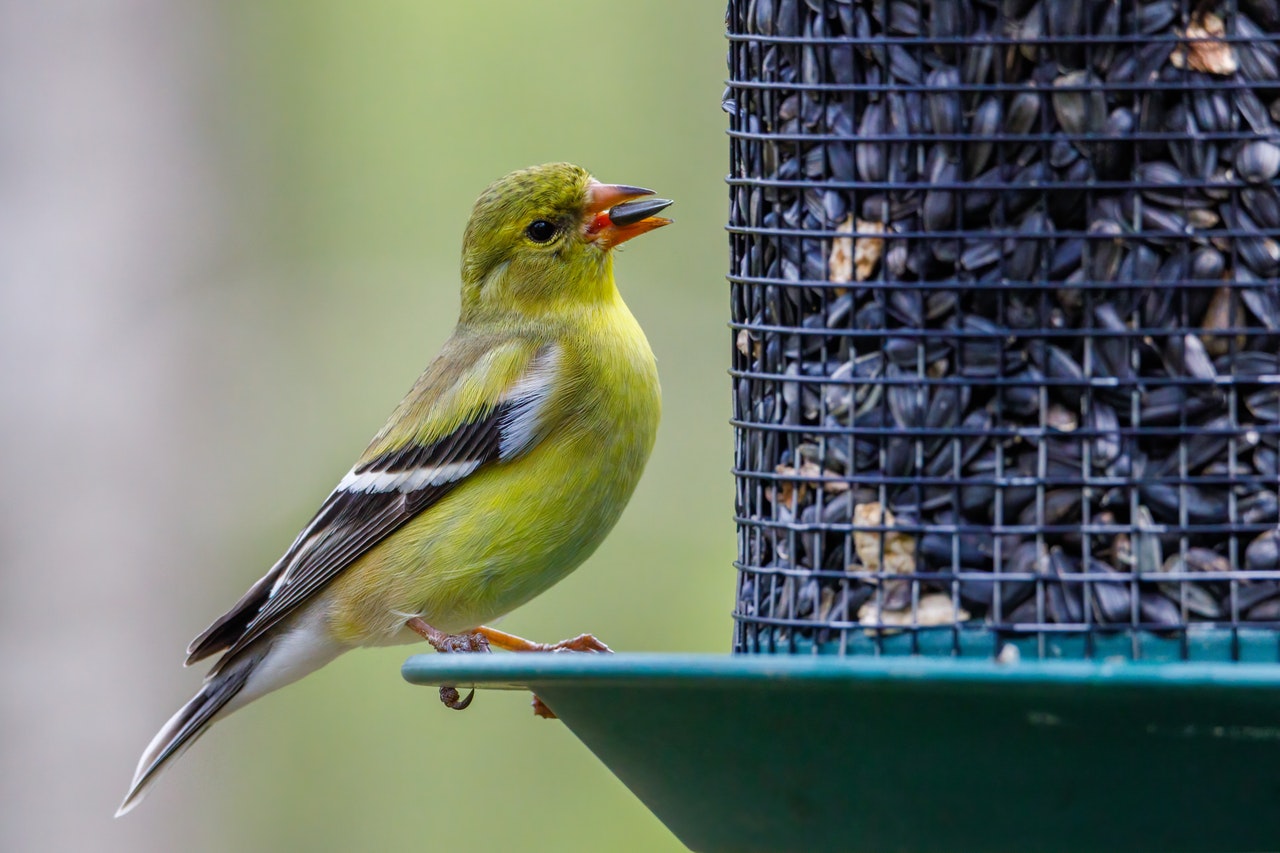
In the spirit of having a never-ending supply of seeds, the next thing you need to do and keep doing is – fill your bird feeder with seeds all year round. The easier you make it for birds to find food, the more they’ll begin to rely on your feeder as their primary source.
There’s no such thing as a wrong season for bird feeders. Birds are constantly on the move. As a result, they will always need a constant source of fuel. Whether they’re just trying to survive the cold winter, find a source of food to feed their young, or fuel up for a long upcoming migration – birds are always going to need food.
If you keep your bird feeder filled throughout, you’re going to have an endless stream of visitors to your backyard. As the seasons change throughout the year, so will the variety of birds visiting your feeder.
3. Don’t Forget the Water
If there’s one thing a bird will always be on the lookout for, it’s a reliable source of water. Birds love water both to drink and bathe in. Get a bird feeder that integrates a water feature of some sort; if it infuses some movement, even better. Get one with a mini-fountain that mimics a trickling brook. This sound is notorious for attracting birds.
4. Get High-Quality Feeds
That’s right. Birds have good taste too. Remember, the idea is to attract their attention. Don’t just fill your bird feeder with one type of seed. Mix it up and give them tasty treats they like, and that will keep them coming back for more.
At this point, you’re wondering what to feed birds. Here’s an idea. Try filling the feeder with an assortment of dried fruits, grains, nuts, and different seed varieties. These are always a crowd-pleaser. You can never go wrong with a flavorful mix of peanuts, cracked corn, and black oil sunflower seeds.
Just make sure you have a squirrel proof bird feeder to prevent unwanted guests from stealing those tasty treats.
5. Keep Your Bird Feeder Clean
Here’s the thing – whether you have a DIY bird feeder, a window bird feeder, or one of those fancy, stand-alone wild bird feeders, one thing is for sure – you have to keep it clean. No one, not even birds, likes eating from dirty utensils.
If you’re not sure how to clean bird feeders or how often you should do it, it’s really quite simple. First, empty out the contents of the bird feeder. Then, mix a solution of two parts water to one part distilled white vinegar in a shallow basin and use it to clean out the feeder. Rinse it out and then leave it out to dry completely before refilling it with water and feeds.
Ensure you do this at least once or twice a week to keep the wild birds coming back for more. It’s that easy.
Give these tips a try. Before you know it, you’ll have more birds in your feeder than you know what to do with.
In the meantime, do you need to de-spur your rooster? Check out our blog to find out whether removing a rooster’s spurs hurts.
